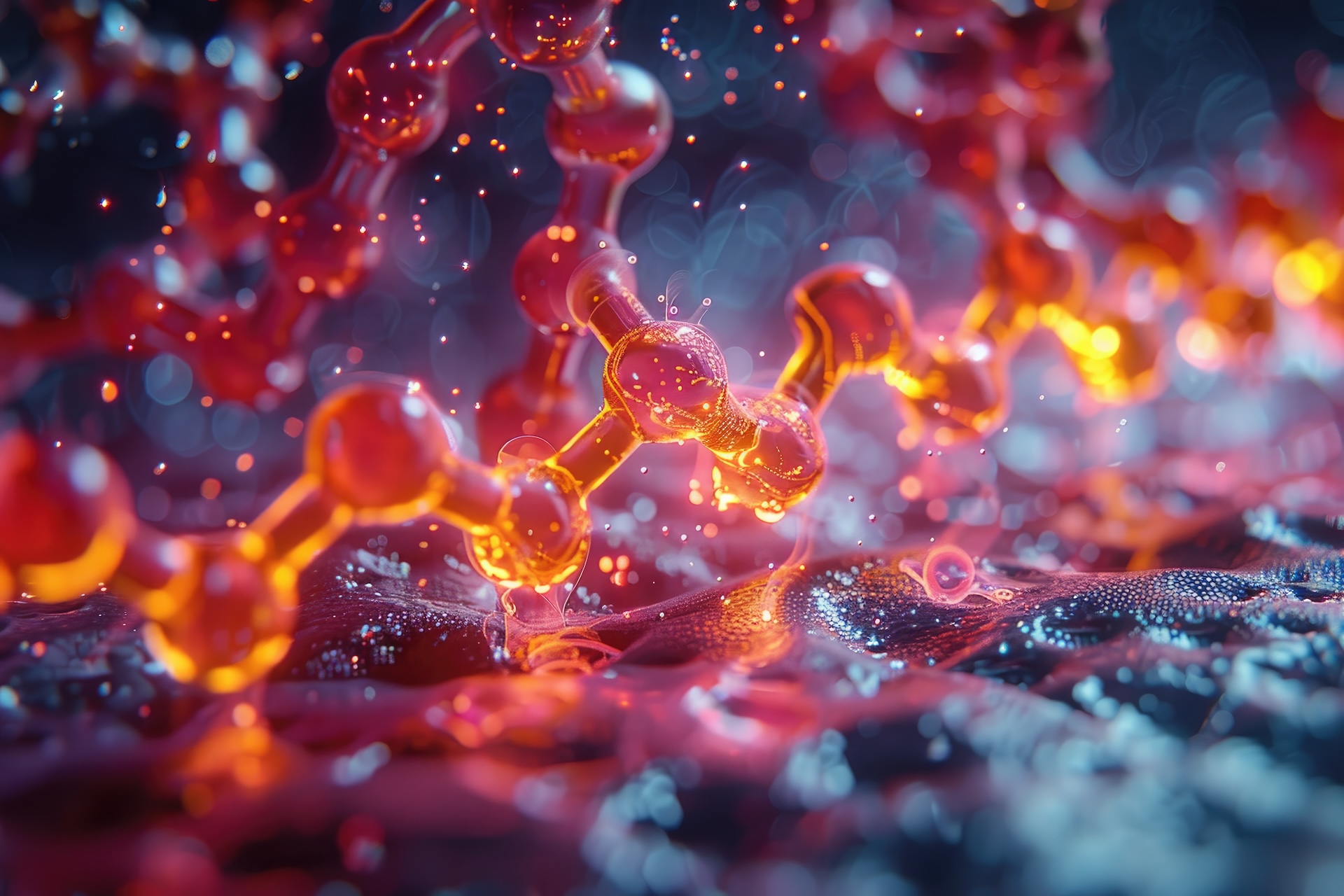

Validation and Implementation of qNMR as Platform Methods of Oligonucleotides and Peptides
Webinar Overview
The content of peptides and oligonucleotides in a sample (solid or liquid) is of importance in many aspects. For peptides traditional methods like Kjeldahl nitrogen determination, elementary analysis (EA), and amino acid analysis (AAA), requires breaking down the protein at harsh conditions to determine the protein content. For oligonucleotides one of the most widely used techniques for quantification is ultraviolet (UV) spectroscopy. This method requires a time-consuming sample preparation and, due to uncertainties in the extinction coefficient, the accuracy of the method is negatively affected
NMR spectroscopy is per definition quantitative and the application of quantitative NMR (qNMR) within small molecule analysis has been applied with success for decades. For larger molecules like peptides and oligonucleotides, the quantitative aspect of 1H-NMR suffers due to severe line broadening caused by higher order structural elements like dimers or oligomers under native conditions (e.g. peptides).
The application of analysing peptides in non-native conditions (deuterated water:acetonitrile mixture) and recording the 1H-NMR data at elevated temperature will be presented. For oligonucleotides, the use of 1H-NMR is not feasible, and data will be presented with 31P as the selected nuclei for qNMR. Within the two modalities (peptides and oligonucleotides), the validation of the methods was performed using the recommendations from both USP and ICHQ2(R2) with respect to validation parameters (e.g. linearity) and platform applicability.
The content results obtained for both peptides and oligonucleotides will be compared to the content results obtained by the traditional methods.
Tuesday, 18 June 2024, 17:00 CET
Key Learning Points
- Content determination of peptides and oligonucleotides by qNMR
- Validation of the methods according to USP and ICHQ2(R2) guidelines
- Considerations regarding platform applicability of the qNMR methods
Speakers
Dr. Joan Malmstrøm
CMC Analytical Support, PS,Q & IT, Novo Nordisk A/S, Måløv, Denmark
Joan Malmstrøm is a Principal Scientist at Novo Nordisk A/S holding a Ph.D. degree in organic chemistry from the University of Copenhagen and +25 years of experience with structural elucidation of organic molecules using nuclear magnetic resonance spectroscopy and mass spectrometry as analytical tools. The projects she has been involved in at Novo Nordisk A/S ranges from small molecules (API’s, raw materials/excipients, etc.) up to peptides, proteins, oligonucleotides, and large molecular weight polymers. During the past years one of her main activities has been the development of NMR analytical methods suitable for analysis of all kind of molecules included in drug development. The analytical methods are applied on all stages of the development pipeline and GMP validated when needed.
Dr. Victor Beaumont
Strategic Market Development Specialist, Bruker BioSpin
Victor has studied and applied NMR techniques throughout his undergraduate studies at the University at Buffalo (Dr. Thomas Szyperski) and PhD program at Yale University (Dr. Patrick Loria). He later joined Pfizer as an NMR specialist for biotherapeutic structure characterization moving then to project management of analytical laboratory automation. His passion is in improving the quality of life and working efficiencies of society by facilitating and contributing high-quality scientific innovation focused on state-of-the-art NMR characterization of novel therapeutic modalities. At Bruker, he is dedicated to working with scientists in understanding the challenges and needs of the industry to expand NMR applications and technology.